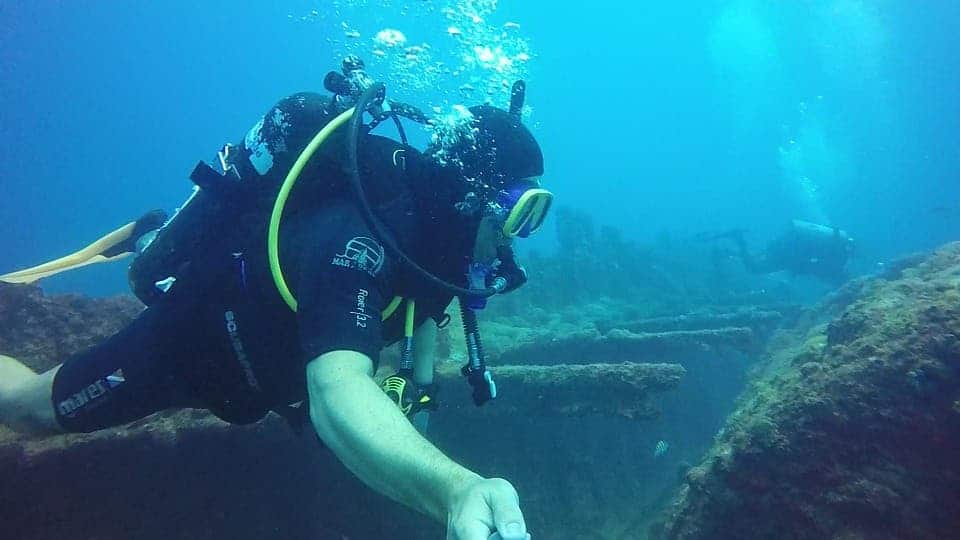The USS Clifton, the “only whaleback ship[wreck] left in Lake Huron,” has been found. The vessel sunk in 1924, claiming the lives of 25 crewmen.

The cargo steamship USS Clifton went out on Lake Huron in late September 1924, ferrying 2,200 tons of crushed stone from Sturgeon Bay, Wisconsin to Detroit. On Sept. 21, the ship was hit by a gale, and sunk to the bottom of the lake, claiming the lives of 25 crew. Some bits of flotsam were later recovered, but the exact place where the Clifton came to rest at the bottom of Lake Huron remained a mystery for over 90 years.
Lost & Found
That all changed in September of 2016, when scuba diver David Trotter — who’s reportedly located more than 90 Great Lakes shipwrecks — discovered the USS Clifton‘s wreck. The discovery was the culmination of a 30-year-long search, and Trotter waited to publicly share the news until his company, Undersea Research Associates, could investigate the vessel and confirm its identity.
Although he spent decades searching for the USS Clifton, Trotter says it all came down to chance. In June 2016, he was leading a team of divers surveying two wrecks, the schooners Venus and Minnedosa , which went under in 1887 and 1905, respectively. On that dive, they had their first glimpse of the Clifton. The divers recorded its coordinates but had to wait several months for a chance to actually investigate what it was they’ve found.
On-site footage confirmed that the ship they spotted was a whaleback steamer, a type of cargo ship used in the 19th century which had low, rounded hulls, decks, and deckhouses, meant to reduce the ship’s water and wind resistance.
“The Clifton was the only whaleback ship left in Lake Huron that hadn’t already been found,” Trotter said, according to WZZM-TV. “There was no question we had found the Clifton.”
The USS Clifton rests on its side, roughly 100 miles south of where it was initially believed to have sunk. The ship’s bow is completely shattered, likely from an impact with the lake’s bottom, but the stern, inside paneling, and architecture remain well-preserved. Divers also spotted an unopened suitcase, and signage inside the ship.
There isn’t a definitive answer to why it sunk, but Trotter’s team reports “that the self-unloading mechanism was still in position […] an interesting discovery because we now realize that the unloading mechanism didn’t break free, causing the Clifton to have instability, resulting in her sinking.”
Next, the divers hope to explore the ship’s engine room and crew cabins, as well as retrieve the suitcase to examine its contents.


